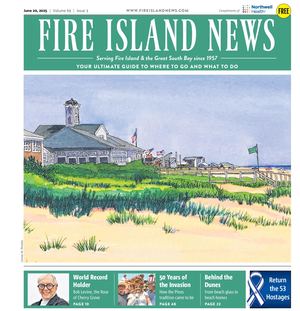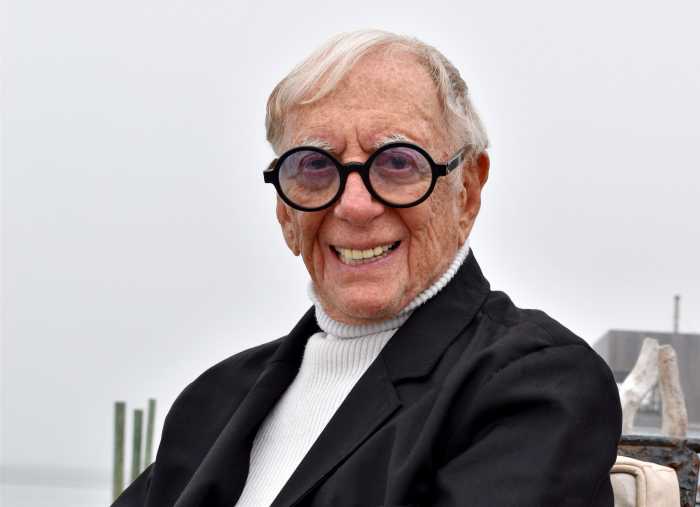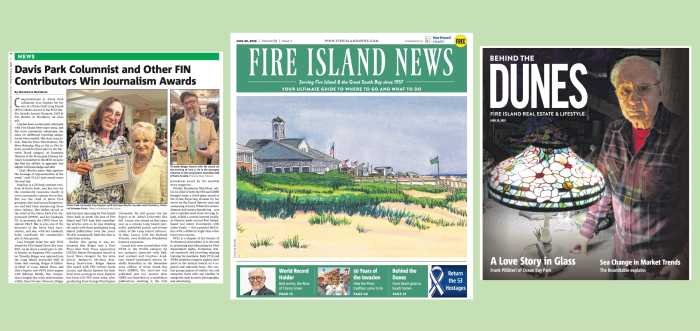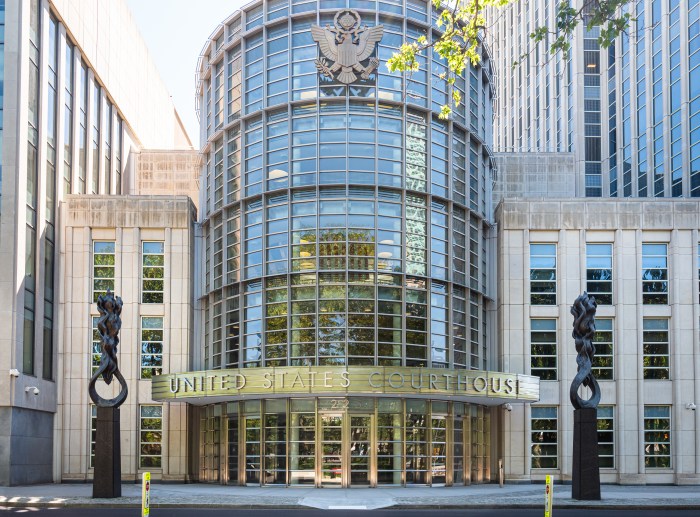
One of the benefits of working on the calendar for this publication is that I always know what is going on. So when an interesting item about a tour of Oakwood Cemetery in Bay Shore found 46its way to me, I decided to go.
The June 4 tour, featuring docents in period dress, began with Joe Nolan, superintendent of Oakwood Cemetery, giving a brief history. In 1880, 13 businessmen from Islip and Bay Shore contributed $100 each to buy 40 acres from Nathaniel Clock to create a non-denominational cemetery between the two hamlets. Clock from Islip and Dr. Mowbray of Bay Shore spearheaded the venture. According to the program, it was common for families to purchase plots, between $30 to $60 depending on the size, and by 1885, the mortgage was paid and excess funds were used to buy the cemetery superintendent a suit.
Nolan explained there were sections in the cemetery during its early years, including for Persons of Color, including Native Americans, which was separated from Caucasians; the Welfare Section, commonly known as Potter’s Field, a portion of the cemetery Town of Islip and the Town Board bought to give a decent burial to those who had no one else; and the Jewish Section, now owned and maintained by The Jewish Center.
With more than 100 people in attendance, many more than expected, we were split into two groups, one following the program from the beginning and the other starting backwards and going forward. My first stop was the grave of Nathaniel Clock (1829-1887), where Islip Town Historian George Munkenbeck embodied “Than,” the co-founder of Oakwood Cemetery and an American Cup defender.
Growing up on the Great South Bay, he was known as the skipper of fast sailboats and was always up for a racing challenge by the “city folks” wh came to stay at Sammis’ (Surf) Hotel and the Dominy House on the “South Beach,” Fire Island. In 1881, Clock skippered the “Mischief” against the Canadians in the America’s Cup Race. Although they made fun of his metal boat, nicknaming it “The Iron Pot,” he and his team beat them on the 20-mile course, by 30 minutes in the first race and by 38 minutes in the second.
The other residents featured on the tour were Mortimer Ruggles, a confederate division general who allegedly gave assistance to John Wilkes Booth after Abraham Lincoln’s assassination. He was spared hanging when he pledged allegiance to the Union; Captain George Burr, who coowned an oyster sloop and was killed aboard that vessel and thrown overboard. His body was not recovered but a marker is placed in the family plot; Hank Haff, also an America’s Cup skipper (Oakwood Cemetery has more Cup defenders and contenders than anywhere in the world) who skippered or was part of the crew in four America’s Cup wins; James H. Doxsee of Doxsee Clam fame, whose factory (located on what is now Maple Street Dock, Islip) at one time employed hundreds and was the largest business in Town; Anna Wolpert, whose husband’s family built Germantown in 1914, which later became Islip Terrace, and in the 1920s, the neighborhood now known as Islip Manor; Kingsland Macy, chairman of the Suffolk County Republican Committee for 25 years, as well as a state senator and congressman; Herbert John Yates, founder of Republic Pictures; Martha Clara Entenmann, who, when the company moved to 5th Avenue in Bay Shore, redesigned their company’s bakery box with a transparent plastic top so customers could see what they were buying, something that was copied throughout the industry; Cynthia Hawkins, a member of the prominent Islip family who was killed by her son; and Phoebe Wright, whose husband and two sons joined Company B of the 2nd NY Calvary during the Civil War. Their house still stands on Monell Avenue in Islip.
Another tour stop was the Chapel for Oakwood Cemetery, constructed in 1928. Originally constructed for $50,000 to serve as a mausoleum for several prominent families, they decided they wanted their own family plots and donated it for use as a chapel.
During its 149-year history, more than 17,000 people have been buried there, with around 600 empty plots remaining. A columbarium was built in 1980 and 2017 to accommodate those who wish to be cremated.
The Historical Society of Islip Hamlet was founded in 1992. If you would like to join (residency not required), write to the Society at PO Box 601, Islip, NY 11751; or visit www. isliphamlet.org.
Information for this article was gathered on the tour, through the booklet handed out and from the Historical Society of Islip Hamlet website.






























